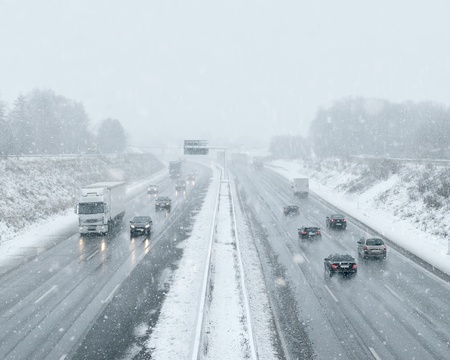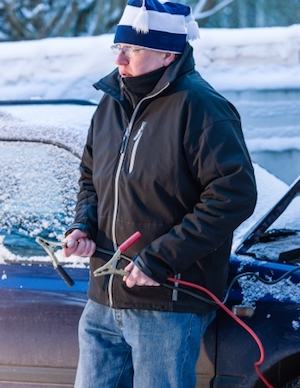Imagine for a moment, you’re stranded in your car in the winter and the snow is piling up. There could be many causes. There are things you could have done to prevent getting stranded, but you don’t have time to dwell on those. You have to stay warm and wait it out. What should you do?
Make sure the exterior exhaust of the car is clear of snow. If the exhaust gets plugged up, carbon monoxide can build up. It’s odorless, colorless and tasteless. It could kill you if you are exposed to it for too long. Keep that exhaust clear.
If there is shelter nearby, go there. However, if there is nothing around, the best thing to do is stay put to avoid getting lost. If it’s night time, not only can you not see, but it’s also colder which makes it even riskier to go on foot. While you are in your car, it’s good to have some blankets with you and and possibly put on some extra clothes. You need to save gas, so only turn on the car to heat it up and then turn it off. You don’t know how long you will be there.
Make sure you have water around to keep yourself hydrated. If water is not available, you can get some snow and melt it. Don’t eat the snow itself as it will drop your core temperature. Also, if you have a flashlight and some batteries those will be useful for other people to spot you. Flares can help in the same way. Finally, keep your hazard lights on to make it easier for people to spot you.
Hopefully you will never have to deal with being stranded like this, but it is always good to be prepared for such an event. Drive safe everyone!






